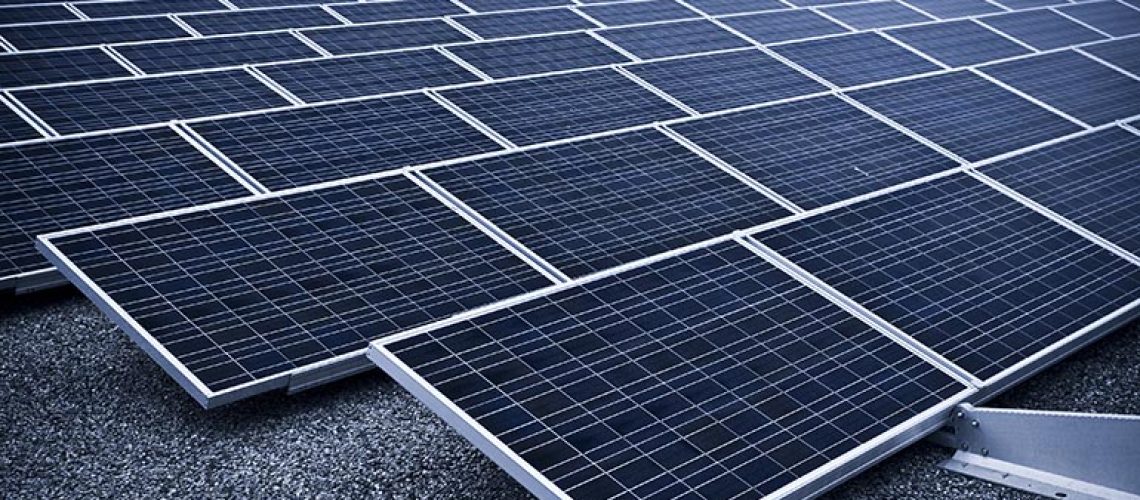The California Public Utilities Commission (CPUC) voted on November 16 to approve changes to the Virtual Net Energy Metering (VNEM) and Net Energy Metering Aggregation (NEMA) programs that will make solar much less affordable for many types of consumers, according to the California Solar & Storage Association.
For properties with multiple electric meters like schools, farms, apartments and small businesses in strip malls, going solar through the VNEM or NEMA programs will no longer be financially viable, which bring the benefits of going solar to consumers who otherwise would not benefit from Net Energy Metering (NEM), the program that makes solar more affordable by crediting consumers with solar systems for the excess energy they produce and share back with the energy grid.
The new decision bars buildings with multiple electric meters from using solar energy produced on their rooftops to offset utility bills. Instead, these properties will have to sell the energy they generate to utility companies at low rates and buy it back at higher rates.
Before the vote, the CPUC’s proposal was revised to allow net metering for residential meters in apartment complexes. However, the economic incentives for building owners to install solar for the building is still lost as meters in common and shared areas like hallways, gyms, outdoor areas and EV charging stations will not be able to participate. If building owners are not motivated to install solar in the complex, individual tenants cannot benefit from solar either, CALSSA said.
“It is astonishing how intent the CPUC is on continuing to block the growth of solar at the expense of consumers and our state clean energy goals for the benefit of big utilities like PG&E,” said CALSSA executive director Bernadette Del Chiaro. “Not only is California nowhere near the renewable energy capacity we need, the solar industry is already experiencing a loss of solar jobs and small business closures from the CPUC’s attack on solar for single-family homes last year. This decision is yet another loss for consumers and another step backwards for California’s clean energy goals and fight against climate change — the only winners here are big utilities and their shareholders. The CPUC and policymakers need to stop undermining and meddling with the successful policies that made California a solar state in the first place and get back to promoting true solutions for consumers and the planet.”
According to the CPUC, the new virtual net-metering tariffs, like NEM 3.0, are meant to encourage customers to adopt battery storage and export solar energy in the evening hours when the grid needs it most. The new tariffs only apply to future customers, and there is a 90-day grace period for prospective customers to enroll in existing tariffs before the new tariffs go into effect.
“Today’s CPUC decision is likely to leave many of California’s prime rooftops barren, with little incentive to install solar panels. Every viable rooftop without solar panels is a missed opportunity to generate renewable energy and cut down on utility bills,” said Environment California’s clean energy advocate Steven King in a press statement. “This week’s National Climate Assessment reminds us of the potentially severe consequences of global warming. The best way to dramatically reduce California’s climate pollution is to go all in on proven, ready-to-deploy solutions like rooftop solar. California can grow solar smartly and quickly by installing it on rooftops, parking lots, and land along highways.”
Solar advocates are urging Governor Newsom and other leaders to find ways to repair the damage done by the CPUC in order to keep solar growing, save green jobs and help California get back on track with the state’s clean energy goals.
News item from CALSSA and Environment America






